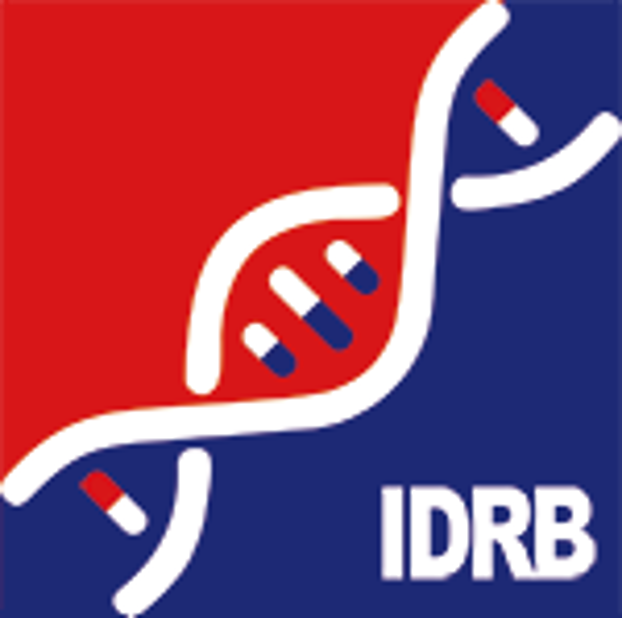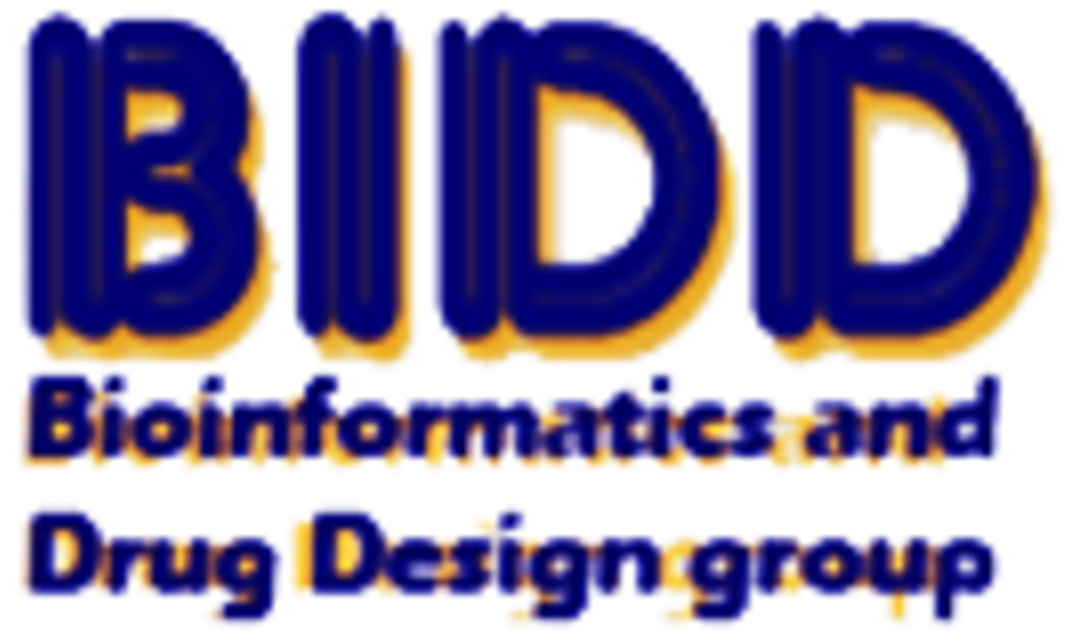| References |
Top |
| REF 1 |
Smad7 is required for TGF-beta-induced activation of the small GTPase Cdc42. J Cell Sci. 2004 Apr 1;117(Pt 9):1835-47.
|
| REF 2 |
Autoinhibition and activation mechanisms of the Wiskott-Aldrich syndrome protein. Nature. 2000 Mar 9;404(6774):151-8.
|
| REF 3 |
A dock and coalesce mechanism driven by hydrophobic interactions governs Cdc42 binding with its effector protein ACK. J Biol Chem. 2017 Jul 7;292(27):11361-11373.
|
| REF 4 |
Direct interaction of the Wiskott-Aldrich syndrome protein with the GTPase Cdc42. Proc Natl Acad Sci U S A. 1996 May 28;93(11):5615-8.
|
| REF 5 |
Wiskott-Aldrich syndrome protein, a novel effector for the GTPase CDC42Hs, is implicated in actin polymerization. Cell. 1996 Mar 8;84(5):723-34.
|
| REF 6 |
Fyn-binding protein (Fyb)/SLP-76-associated protein (SLAP), Ena/vasodilator-stimulated phosphoprotein (VASP) proteins and the Arp2/3 complex link T cell receptor (TCR) signaling to the actin cytoskeleton. J Cell Biol. 2000 Apr 3;149(1):181-94.
|
| REF 7 |
Proteasomal degradation of Nck1 but not Nck2 regulates RhoA activation and actin dynamics. Nat Commun. 2013;4:2863.
|
| REF 8 |
Wiskott-Aldrich syndrome protein physically associates with Nck through Src homology 3 domains. Mol Cell Biol. 1995 Oct;15(10):5725-31.
|
| REF 9 |
Wiskott-Aldrich syndrome protein is associated with the adapter protein Grb2 and the epidermal growth factor receptor in living cells. Mol Biol Cell. 1997 Sep;8(9):1709-21.
|
| REF 10 |
Wiskott-Aldrich syndrome protein (WASp) is a binding partner for c-Src family protein-tyrosine kinases. Curr Biol. 1996 Aug 1;6(8):981-8.
|
| REF 11 |
A proteome-scale map of the human interactome network. Cell. 2014 Nov 20;159(5):1212-1226.
|
| REF 12 |
Sustained activation of N-WASP through phosphorylation is essential for neurite extension. Dev Cell. 2002 Nov;3(5):645-58.
|
| REF 13 |
Interaction between Wiskott-Aldrich Syndrome protein (WASP) and the Fyn protein-tyrosine kinase. Mol Biol Rep. 1999 Aug;26(3):173-7.
|
| REF 14 |
The SH3 domain of Bruton's tyrosine kinase displays altered ligand binding properties when auto-phosphorylated in vitro. Eur J Immunol. 1999 Jul;29(7):2269-79.
|
| REF 15 |
Evidence that the Wiskott-Aldrich syndrome protein may be involved in lymphoid cell signaling pathways. J Immunol. 1996 Nov 1;157(9):3791-5.
|
| REF 16 |
A rare mRNA variant of the human lymphocyte-specific protein tyrosine kinase LCK gene with intron B retention and exon 7 skipping encodes a putative protein with altered SH3-dependent molecular interactions. Gene. 2005 Oct 10;359:18-25.
|
| REF 17 |
Protein-tyrosine kinase and GTPase signals cooperate to phosphorylate and activate Wiskott-Aldrich syndrome protein (WASP)/neuronal WASP. J Biol Chem. 2006 Feb 10;281(6):3513-20.
|
| REF 18 |
WIP, a protein associated with wiskott-aldrich syndrome protein, induces actin polymerization and redistribution in lymphoid cells. Proc Natl Acad Sci U S A. 1997 Dec 23;94(26):14671-6.
|
| REF 19 |
Toward an understanding of the protein interaction network of the human liver. Mol Syst Biol. 2011 Oct 11;7:536.
|
| REF 20 |
The WASP-binding protein WIRE has a role in the regulation of the actin filament system downstream of the platelet-derived growth factor receptor. Exp Cell Res. 2002 Sep 10;279(1):21-33.
|

